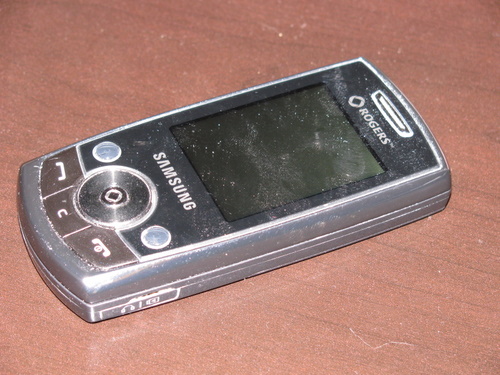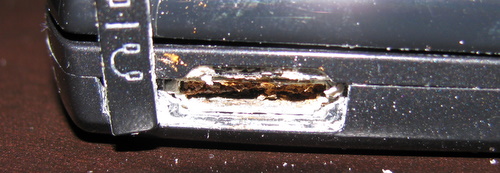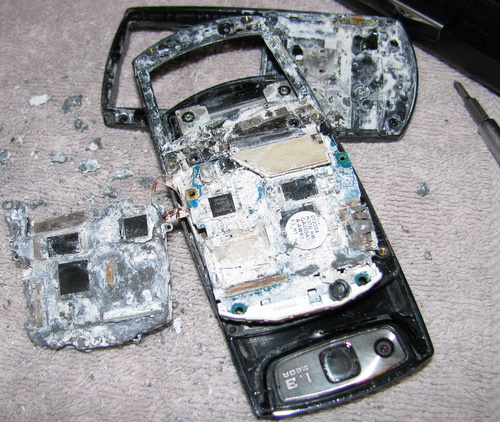 I’m stoked – I’ve got a G1! This is actually a Google Android Dev Phone 1 that I purchased second hand from a friend. Back in January 2009 I had a chance to play around with one of these while in California (borrowed from a Googler who got it from work), my impression then was “ok, neat – but its basically a computer in your hand” – a different reaction than what I had with the iPhone. At the time both were at a premium price and I had only recently bought my Nokia 5310. Between then and now I bought an iPod Touch that I have enjoyed a lot yet had nearly endless frustration with iTunes.
I’m stoked – I’ve got a G1! This is actually a Google Android Dev Phone 1 that I purchased second hand from a friend. Back in January 2009 I had a chance to play around with one of these while in California (borrowed from a Googler who got it from work), my impression then was “ok, neat – but its basically a computer in your hand” – a different reaction than what I had with the iPhone. At the time both were at a premium price and I had only recently bought my Nokia 5310. Between then and now I bought an iPod Touch that I have enjoyed a lot yet had nearly endless frustration with iTunes.
My G1 is running cyanogenmod v4.2.15.1. The hardware is very similar to the iPhone/iPod Touch. CPU is 528MHz ARM 11, 192MB RAM, 320 x 480 capacitive touch screen. One bonus feature is that this version of the phone supports AWS/1700megahertz/BandIV which is the frequency that WindMobile is using in Canada (T-Mobile uses this in the US).
Today my service provider is Fido. I’m on the $15 plan ($16.95 after taxes), this is sufficient for my phone usage as I’m a light user. Unfortunately it doesn’t include call display or voicemail (+$10 option), nor is any data included. The phone had been wiped and reset when I got it, and I needed to get past the “Welcome to T-Mobile G1” screen. Unfortunately the built in menus only provide the option to configure an APN. Not wanting to incur any data charges (last time I did this on my 5310 it was $12 for a few hundred kb!) – I wanted to figure out how to hack around this.
Not surprisingly I was able to find a solution online that allows you to activate your G1 without using any mobile data. I’m using Ubuntu 9.10 (and the phone is running cyanogenmod) so the directions there were not exactly what I needed, so I’ll briefly repeat them here with the changes.
1) Grab the Android SDK. Install it following the directions, which really boils down to extracting the archive.
2) Now we’re going to modify /etc/udev/rules.d to give normal users (ie: you) permission on the USB port the phone will use.
Create the file /etc/udev/rules.d/50-android.rules with the contents (permissions 644).
SUBSYSTEM==”usb”, SYSFS{idVendor}==”0bb4″, MODE=”0666″
$sudo restart udev
You can skip this step if you want to run steps 4 and 5 as root.
3) Connect the phone and your PC using a USB cable. The phone does need a SIM card installed. Boot the phone.
4) Now we run <install path>/android-sdk-linux_86/tools/adb devices to check if we’re properly connected to the device
$ ./adb devices
(where the x’s are your actual device number)
5) Now back to the phone, tap on the “Welcome to T-Mobile G1” screen to get to the setup page. Then issue the following command on your PC from the tools directory:
$ ./adb shell
# am start -a android.intent.action.MAIN -n com.android.settings/.Settings
The “am” command is actually executing on the phone itself. This should start up the configuration dialog that allows you to setup a wireless 802.11b/g network. After this point it should be pretty self explanatory to get yourself setup with the phone.
The screenshot in this post was done using the Android SDK as well. I’m sure I’ll have more to say about Android and this phone soon.




